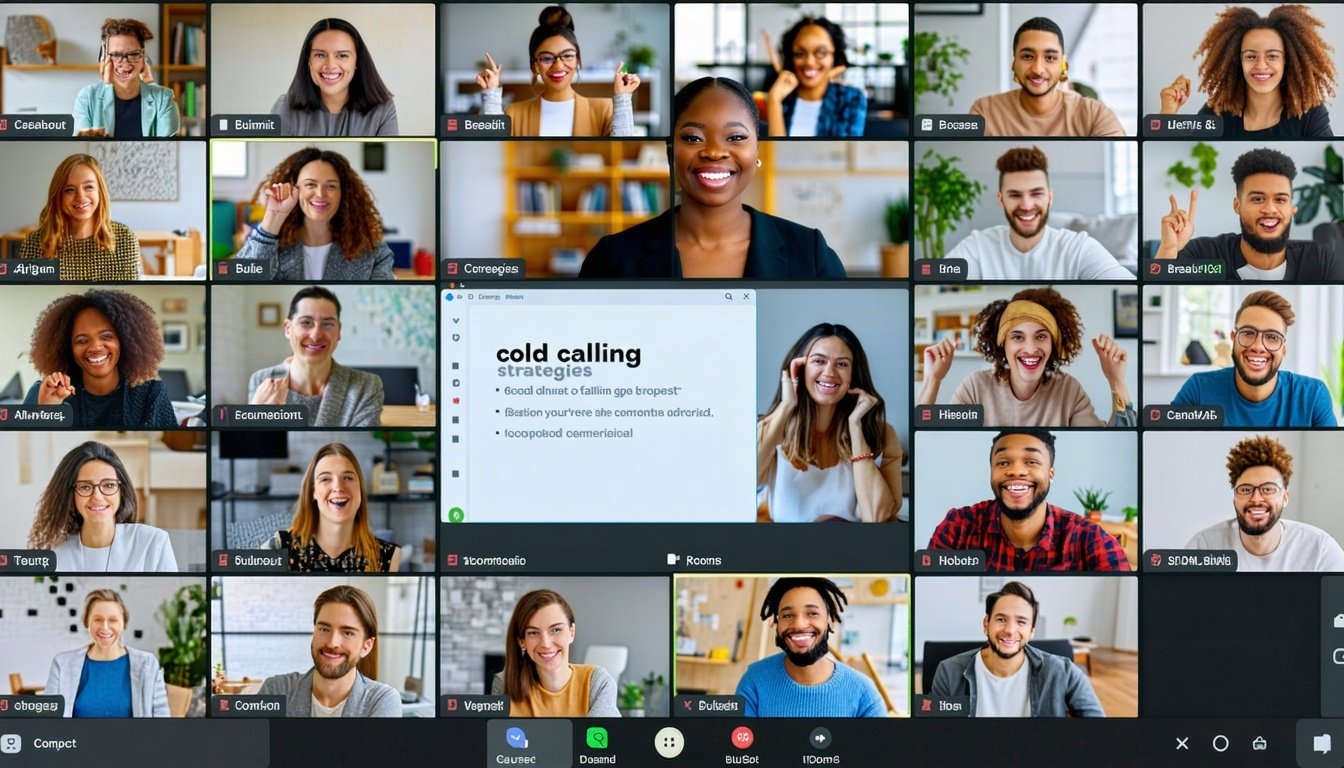Mastering Cold Calling: Strategies to Boost Your Sales

The Power of a Strong Upfront Contract
An upfront contract is essential in setting the tone for a successful cold call. It establishes clear expectations between you and the prospect, making the conversation more structured and less prone to misunderstandings. Crafting a strong upfront contract involves clearly stating the purpose of your call, the timeframe you'll need, and the desired outcome. For example, you might say, “Do you mind if I take 30 seconds to tell you why I called and you let me know if it makes sense to talk further?” This not only sets the stage for a productive conversation but also shows respect for the prospect's time, increasing the likelihood of engagement.
Crafting a Compelling 30-Second Commercial
Your 30-second commercial is your elevator pitch – a concise, compelling statement that captures the essence of what you offer. This pitch should include who you are, what you do, and most importantly, how your product or service can solve a problem for the prospect. Incorporate emotionally charged words like "frustrated," "upset," or "worried" to resonate with the prospect's pain points. A good example might be, “Many sales professionals feel frustrated by constant meeting cancellations. At [Your Company], we provide solutions that ensure more consistent and productive client interactions.” By addressing common issues and offering a clear solution, you make it easier for prospects to see the value in continuing the conversation.
Utilizing Pattern Interrupts to Engage Prospects
A pattern interrupt is a technique used to disrupt the prospect's automatic response patterns, making them more receptive to your message. Common automatic responses include brushing off sales calls with phrases like, “I'm just looking” or “I'm not interested.” A pattern interrupt can be as simple as, “Do you have 30 seconds for me to tell you why I called? You can decide if it makes sense to talk further.” Another effective method is humor or an unexpected statement, such as, “If I told you this is a cold call, would you hang up?” These tactics can break the ice and make the prospect more open to listening, thus increasing your chances of setting an appointment.
Overcoming Common Cold Calling Challenges
Cold calling is fraught with challenges, from dealing with rejection to finding the right decision-maker. One common issue is the prospect agreeing to a meeting and then canceling at the last minute. To mitigate this, always send a calendar invite and request confirmation. Follow up with reminders, ideally 30 minutes to an hour before the scheduled meeting. Additionally, tackle call reluctance by preparing thoroughly but not overthinking. Use the “getting ready to get ready” approach by doing minimal but effective research before making the call. Lastly, practice makes perfect. Role-playing scenarios with colleagues can prepare you for various responses and improve your overall call confidence.
By implementing these strategies, you can turn cold calling from a dreaded task into a productive and even enjoyable part of your sales process. Remember, the goal is to set up a meeting where more in-depth discussions can take place, so keep your calls short, focused, and engaging.


